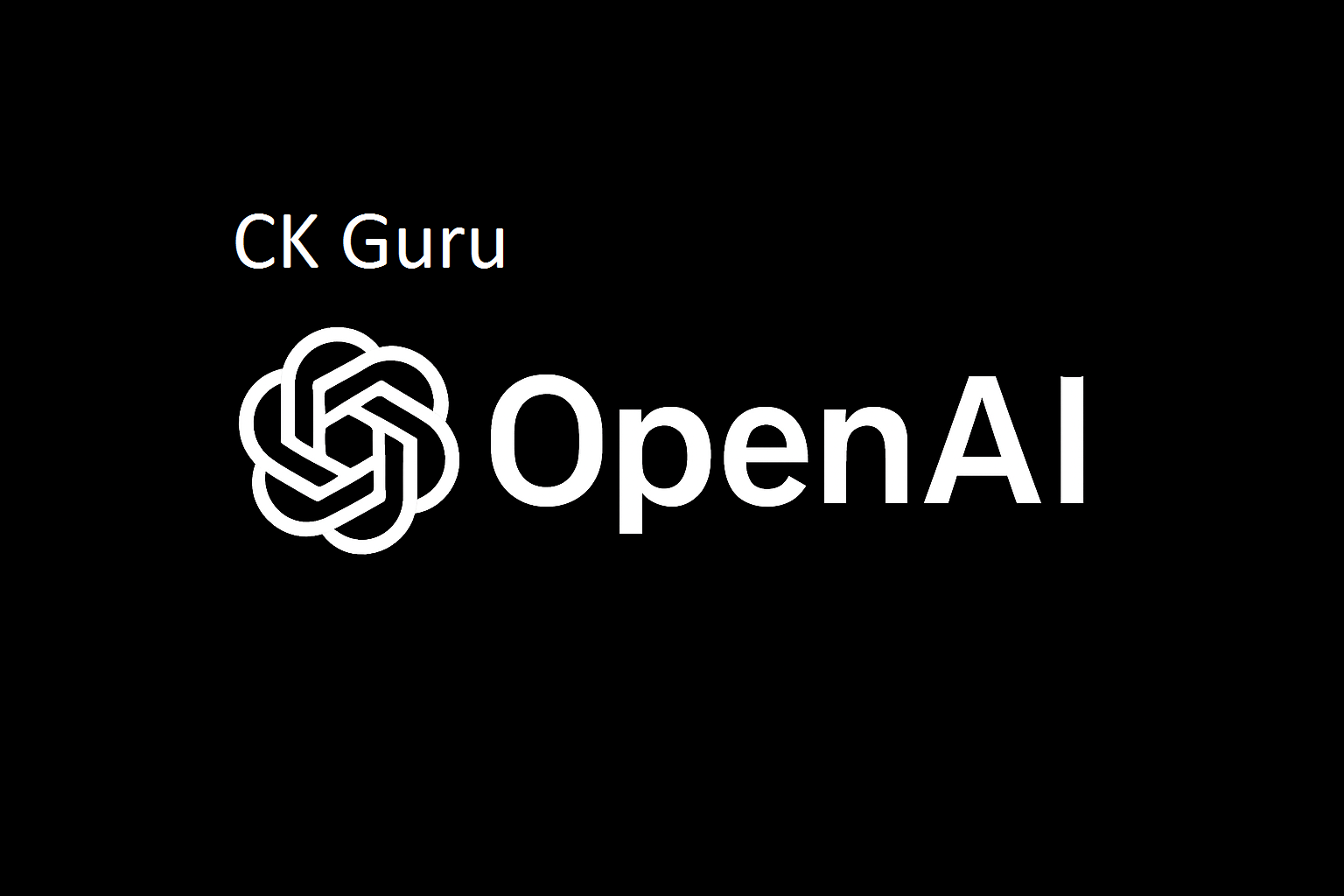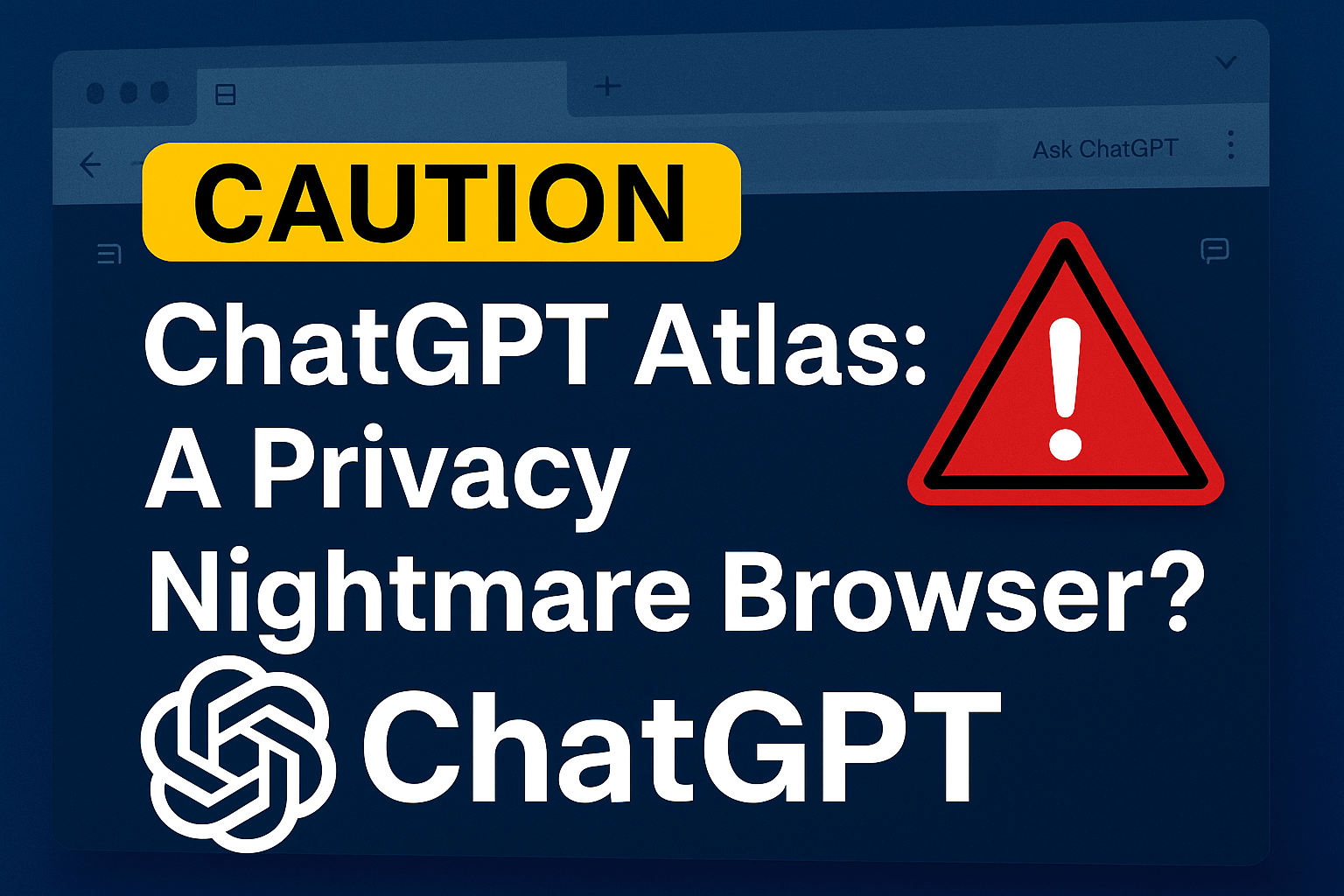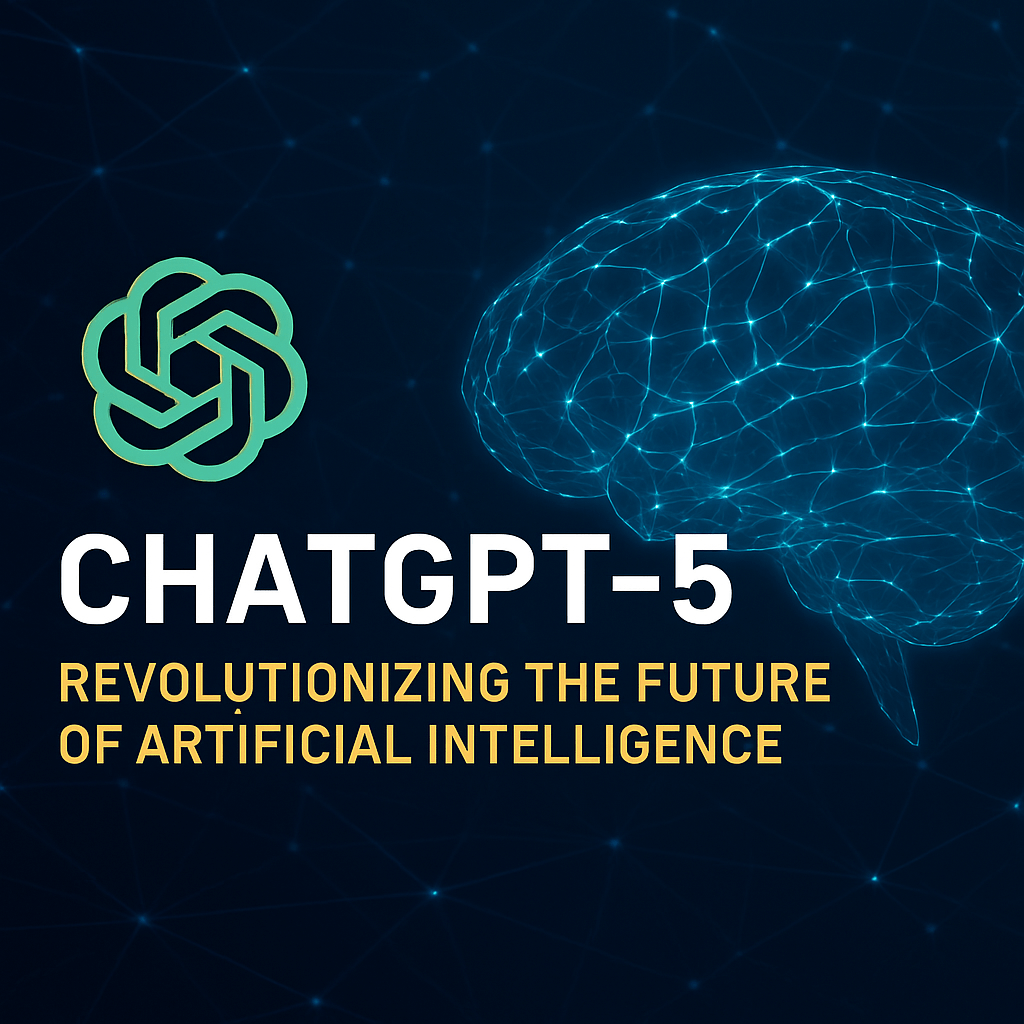Google Gemini vs ChatGPT: Which AI Assistant Is Smarter?
Artificial Intelligence (AI) assistants have become indispensable in our daily digital lives, powering everything from simple question answering to complex creative tasks. Among the most talked-about AI models today are Google Gemini and ChatGPT—two powerful AI assistants with distinct capabilities and design philosophies. But when it comes to intelligence, versatility, and practical use, which AI assistant is smarter?
In this detailed and comprehensive article, we will compare Google Gemini and ChatGPT across multiple dimensions including their technology, natural language understanding, context handling, creativity, safety protocols, and real-world applications. Whether you’re a business leader, developer, or just curious, this guide will help you understand these AI assistants’ strengths and weaknesses to decide which one suits your needs best.
1. Introduction to Google Gemini and ChatGPT
As AI becomes more advanced, understanding the differences among AI assistants is critical for users seeking the right tool. Google Gemini and ChatGPT represent cutting-edge developments by two tech giants—Google and OpenAI. Gemini is Google’s latest large multimodal model designed to integrate linguistic and visual inputs with a focus on accuracy and adaptability. ChatGPT, developed by OpenAI, is renowned for its conversational fluency and widely adopted across various industries.
Both AI are considered large language models (LLMs) but differ in architecture, data, and intended use. This article explores these differences with the aim of helping you determine which AI assistant is smarter based on your priorities.
2. What is Google Gemini?
Overview and Development Background
Google Gemini is an advanced large language model developed by Google DeepMind, building upon the foundations laid by their previous AI research, including LaMDA and PaLM. Gemini is designed as a multimodal AI assistant, capable of understanding and generating both text and images seamlessly.
Gemini emphasizes contextual understanding, real-time knowledge integration, and scalability—aimed at elevating user productivity and creativity. Google leverages its massive computing infrastructure and search data to continually update Gemini, ensuring its responses reflect the latest information.
Core Capabilities and Strengths
- Multimodal Understanding: Fuses text and image inputs for richer context.
- Real-Time Updates: Integrates current knowledge via Google Search.
- Task-Oriented Dialogues: Excels in actionable responses and task completion.
- Cross-Language Proficiency: High accuracy across multiple languages.
- Integration with Google Ecosystem: Works seamlessly with Google Workspace, Search, Maps, and more.
3. What is ChatGPT?
Origin and Development Journey
ChatGPT is built by OpenAI and powered by the GPT (Generative Pre-trained Transformer) architecture, particularly optimized for natural conversations. Since its launch, ChatGPT has revolutionized AI assistants by offering coherent, context-aware conversations spanning casual chats, professional topics, and creative storytelling.
OpenAI’s iterative improvement through GPT-3, GPT-3.5, and GPT-4 versions focused on increasing context window size, reducing harmful biases, and enhancing reasoning skills.
Key Features and Advantages
- Human-like Text Generation: Produces conversational and narrative text with natural flow.
- Versatile Use Cases: From coding assistance to content creation and language translation.
- Wide Adoption: Easy access via web, APIs, and integrated apps.
- Robust API Ecosystem: Allows developers to embed ChatGPT into diverse workflows.
- Fine-Tuning Options: Adaptable for industry-specific tasks.
4. Tech Behind the Scenes: Gemini vs ChatGPT
Architecture and Model Design
Google Gemini employs a multimodal transformer architecture, meaning it processes text and images jointly to generate more context-aware responses. This design allows Gemini to “see” images and understand related text, making it particularly useful for tasks involving visual content.
Conversely, ChatGPT is primarily a unimodal language model focusing exclusively on text generation. Its architecture is based on transformer models fine-tuned extensively for dialogue and context retention.
Dataset and Training Differences
- Gemini benefits from Google’s extensive search and user interaction data, enabling constant updating and fine-tuning.
- ChatGPT is trained on large text corpora from the internet, books, and licensed data, with efforts to sanitize and improve dataset quality to minimize bias and misinformation.
5. Natural Language Understanding (NLU)
Contextual Comprehension
Gemini excels at integrating different types of data to understand complex queries involving images and text. It can interpret instructions referring to images or diagrams alongside verbal instructions, bringing an enhanced level of understanding for multimodal inputs.ChatGPT is renowned for deep textual understanding, effectively grasping nuances in long conversations and adapting style and tone based on user prompts.
Handling Ambiguity and Nuance
While both models handle ambiguity well, Geminis’ architecture gives it an upper hand by interpreting multiple data modalities to resolve unclear references. ChatGPT’s training on vast conversational data makes it exceptional at subtle language usages but limited in non-textual ambiguity.
6. Conversational Ability and User Engagement
Dialogue Fluency
ChatGPT shines in generating human-like dialogue that flows naturally across multiple turns. It remembers past inputs within sessions to maintain coherence, making conversations feel more personal and engaging.
Gemini delivers task-focused dialogues that can pull in visual data as references, improving clarity on complex instructions but sometimes appearing more transactional than conversational.
Memory and Long-Term Context
Both are working toward better long-term memory. ChatGPT is rolling out features for extended context windows, while Gemini uses Google’s data integration for on-demand knowledge retrieval.
7. Creativity and Content Generation
Writing and Creative Tasks
ChatGPT is widely used for creative writing—from composing poems, stories, marketing copy, to generating code snippets. Its strength lies in linguistic creativity and versatility.
Google Gemini integrates text and images, enabling unique content types like illustrated storytelling and enhanced creative brainstorming where visual elements complement text.
Problem-Solving and Brainstorming
Both AI assistants provide robust support for brainstorming ideas, but Gemini’s multimodal approach offers an edge for design-oriented or visual-heavy problem solving.
8. Safety, Ethics, and Bias Handling
Preventing Harmful Responses
Both companies invest heavily in AI safety. ChatGPT employs filters and reinforcement learning with human feedback (RLHF) to mitigate biased or harmful content. Google Gemini leverages Google’s AI principles to prioritize responsible outputs.
Transparency and User Trust
Transparency remains a work in progress, with OpenAI releasing usage guidelines and Google focusing on explainability in Gemini’s responses.
9. Real-World Applications
Enterprise Use Cases
- Google Gemini: Integrated into Google Workspace for enhanced productivity, knowledge management, and real-time insights from multimodal inputs.
- ChatGPT: Used for customer support chatbots, coding help, content marketing, and personal assistants.
Consumer-Focused Features
Gemini enhances search experiences and smart home assistants. ChatGPT powers chatbots, tutor apps, and social media content generation.
10. Pricing and Accessibility
Google Gemini is expected to be accessed primarily through Google’s platforms and APIs, potentially bundled with G Suite subscriptions. ChatGPT offers free tiers and paid subscription plans, making it highly accessible.
11. User Experience: Which One Feels Smarter?
User experience depends on context. Those needing integrated visual-text capabilities may prefer Gemini’s multimodality. For natural, versatile conversation and diverse textual creativity, ChatGPT remains a leader. Both continue evolving to close gaps.
12. Future Outlook of AI Assistants
The next generation of AI assistants will likely blend multimodal capabilities with even deeper personalization and improved safety. Collaborations and open ecosystems might emerge, benefiting users by combining the best of Gemini and ChatGPT.
13. Conclusion: Which AI Assistant Is Smarter for You?
Ultimately, “smarter” depends on your needs. For text-driven conversational excellence and creative tasks, ChatGPT excels. For advanced multimodal understanding and integration into a broader ecosystem, Google Gemini promises exciting advantages.
Businesses and individuals should evaluate their primary goals: whether natural language fluency, multimodality, latest knowledge access, or integration matters most, and select accordingly.descriptions, FAQ sections, or content upgrades to further boost SEO performance!




